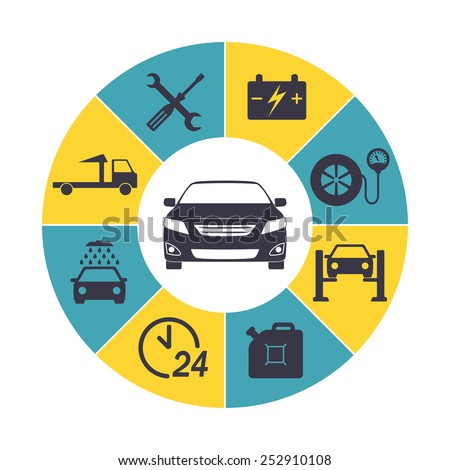Seeking Clearness On The Warning Lights Presented On Your Vehicle'S Control Panel? Learn How They Connect To Your Vehicle'S Health And Wellness
Seeking Clearness On The Warning Lights Presented On Your Vehicle'S Control Panel? Learn How They Connect To Your Vehicle'S Health And Wellness
Blog Article
Write-Up Author-Sykes Gilbert
When you're behind the wheel, those beautiful warning lights on your control panel can be a bit complicated. Do you know what they're attempting to inform you about your vehicle's health? Recognizing the importance of these lights is essential for your safety and the longevity of your car. So, the following time among those lights appears, wouldn't you want to decipher its message precisely and take the required steps to address it?
Common Warning Lights and Interpretations
Determine usual caution lights in your vehicle and recognize their definitions to make certain risk-free driving.
https://oilchangenearme95172.tusblogos.com/31236012/ready-to-unveil-the-hidden-facts-of-vehicle-fixing-with-exceptional-discoveries-that-will-shift-your-perspective-you-ll-be-amazed-by-what-you-didn-t-understand of the most typical warning lights consist of the check engine light, which signifies concerns with the engine or emissions system. If this light comes on, it's vital to have your car inspected promptly.
The oil stress warning light indicates reduced oil stress, needing prompt focus to stop engine damage.
just click the following webpage blinking battery light could suggest a damaged charging system, potentially leaving you stranded otherwise dealt with.
The tire stress surveillance system (TPMS) light signals you to low tire pressure, impacting automobile security and fuel effectiveness. Neglecting this might result in hazardous driving problems.
The abdominal light suggests a trouble with the anti-lock stopping system, compromising your capacity to quit swiftly in emergency situations.
Last but not least, the coolant temperature level cautioning light warns of engine overheating, which can cause extreme damage otherwise dealt with promptly.
Recognizing these common caution lights will certainly aid you attend to problems immediately and maintain risk-free driving problems.
Significance of Prompt Interest
Recognizing the typical caution lights in your auto is just the first step; the relevance of immediately resolving these cautions can't be stressed enough to ensure your safety when traveling.
When a caution light illuminates on your dashboard, it's your vehicle's method of interacting a possible problem that requires interest. Ignoring these cautions can lead to much more serious issues in the future, jeopardizing your safety and security and potentially costing you a lot more in repairs.
Trigger interest to alerting lights can protect against malfunctions and crashes. For example, a flashing check engine light can suggest a misfire that, if left neglected, can create damages to the catalytic converter. Addressing this promptly can save you from an expensive fixing.
In a similar way, a brake system alerting light might indicate reduced brake liquid or used brake pads, vital components for your safety and security when driving.
Do It Yourself Troubleshooting Tips
If you see a caution light on your control panel, there are a few do it yourself repairing ideas you can attempt before looking for specialist aid.
The initial step is to consult your automobile's manual to understand what the particular warning light shows. Occasionally the concern can be as easy as a loosened gas cap setting off the check engine light. Tightening up the gas cap might fix the issue.
An additional usual issue is a reduced battery, which can set off various advising lights. Inspecting the battery connections for deterioration and guaranteeing they're safe may fix the problem.
If a caution light continues, you can attempt resetting it by detaching the automobile's battery for a few minutes and after that reconnecting it. Furthermore, inspecting browse around this web-site , such as oil, coolant, and brake liquid, can help repair cautioning lights related to these systems.
Final thought
To conclude, understanding your auto's warning lights is vital for keeping your lorry running smoothly and securely. By quickly attending to these informs and knowing what they indicate, you can stay clear of expensive repairs and prospective failures.
Bear in mind to consult your auto's manual for certain information on each advising light and do something about it accordingly to make certain a hassle-free driving experience.
Stay informed, remain risk-free on the road!
